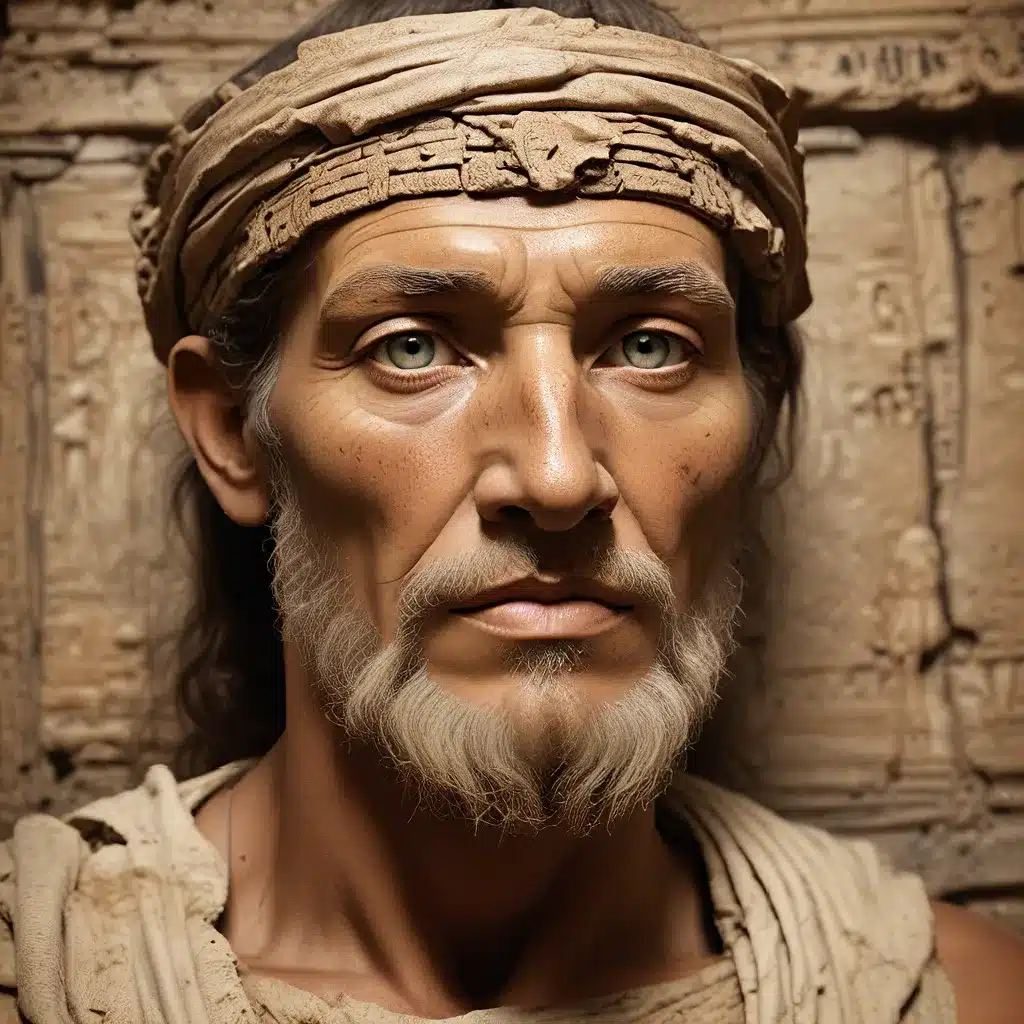
Unraveling the Genetic Diversity of the Inca Empire
The Inca Empire, a vast and powerful civilization that once dominated the Andes, has long captivated the imaginations of historians, archaeologists, and the general public alike. Recently, a groundbreaking discovery has shed new light on the genetic diversity that existed within this ancient culture, challenging our understanding of its origins and the impact of colonization.
Researchers have sequenced the genome of a seven-year-old boy who was sacrificed by the Inca over 500 years ago, during a ritual known as capochoca. The boy’s mummified remains were found in the icy heights of Aconcagua, the world’s tallest mountain outside Asia, near the border of Argentina and Chile. The DNA analysis revealed a genetic signature that has virtually disappeared in modern South Americans, hinting at the remarkable diversity that once thrived in the region.
According to the study published in the journal Scientific Reports, the Aconcagua boy’s DNA signature matched only four other individuals: three modern people from Peru and Bolivia, and one ancient person from the Wari Empire, a Peruvian civilization that predated the Inca by several hundred years. This suggests that the gene pool of the region underwent dramatic changes due to the consequences of European colonization.
Antonio Salas, the lead researcher from the University of Santiago de Compostela, explained that up to 90% of native South Americans died very quickly after contact with the Europeans, leading to the loss of a significant amount of genetic diversity. The study supports the hypothesis that the original colonizers of the Americas, who crossed the frozen Bering Strait from Asia, managed to spread rapidly through the continents, only to become isolated in certain geographic regions, such as the southern Andes.
The Sacrificial Rituals of the Inca Empire
The Aconcagua boy’s mummified remains offer a unique glimpse into the sacrificial rituals practiced by the Inca. The capochoca ritual, in which the boy was killed, was a complex and highly symbolic act performed by the Inca to make offerings to their gods.
Tom Dillehay, an archaeologist from Vanderbilt University, explains that the children chosen for capochoca were often young, high-born, and considered sacred. The Inca believed that the mountain landscapes were the domain of their deities, and a child entombed on the slopes of Aconcagua would rest as close as possible to the highest gods.
The Aconcagua boy’s remains suggest that he did not die peacefully. Vomit stained his clothes red, and archaeologists found achiote, a dye that can act as a hallucinogen, in his intestines. He was strangled and died from a blow to the head, indicating that the sacrificial ritual was not a simple act of offering, but a complex and potentially traumatic experience.
The Lost Kingdoms, a website dedicated to exploring the mysteries of ancient civilizations, provides further insight into the Inca’s sacrificial practices. The Inca believed that the children chosen for capochoca were blessed by the gods and would serve as intermediaries between the mortal and divine realms. The ritual was often performed during important events, either religious or related to the Inca emperor, who was considered a descendant of the sun.
Unraveling the Mysteries of Ancient Empires
The Aconcagua boy’s genome is just one piece of the puzzle in our understanding of the ancient world. Across the globe, archaeologists and geneticists are working tirelessly to uncover the untold stories of influential individuals from the past, shedding light on the complex cultural, political, and social dynamics that shaped the course of human history.
In a recent issue of Archaeology Magazine, researchers explore the untold story of Alexander the Great, a legendary figure whose legacy has been the subject of countless debates and interpretations. By delving into new archaeological evidence and historical records, the article challenges the traditional narratives surrounding Alexander’s life and conquests, offering a more nuanced understanding of this iconic figure.
Similarly, a new book from Morgenstern Books sheds light on the influential ancient individuals who have often been overlooked or marginalized in mainstream historical accounts. Through meticulous research and captivating storytelling, the book aims to reveal the untold stories of these remarkable individuals, providing readers with a deeper appreciation for the diverse range of cultures and civilizations that have shaped our world.
As we continue to unravel the mysteries of the past, the stories of individuals like the Aconcagua boy, Alexander the Great, and countless others will continue to captivate and inspire us. By exploring the untold narratives of these influential figures, we can gain a richer understanding of the human experience and the complex forces that have molded the course of history.


